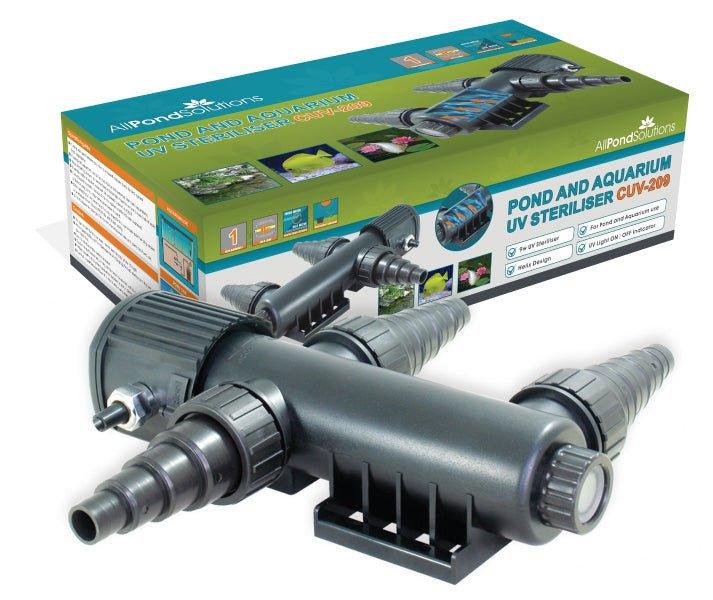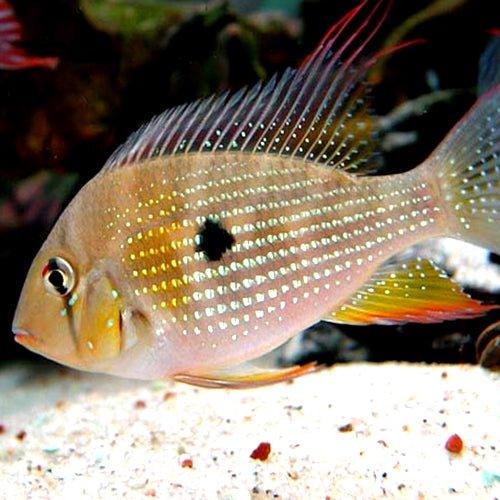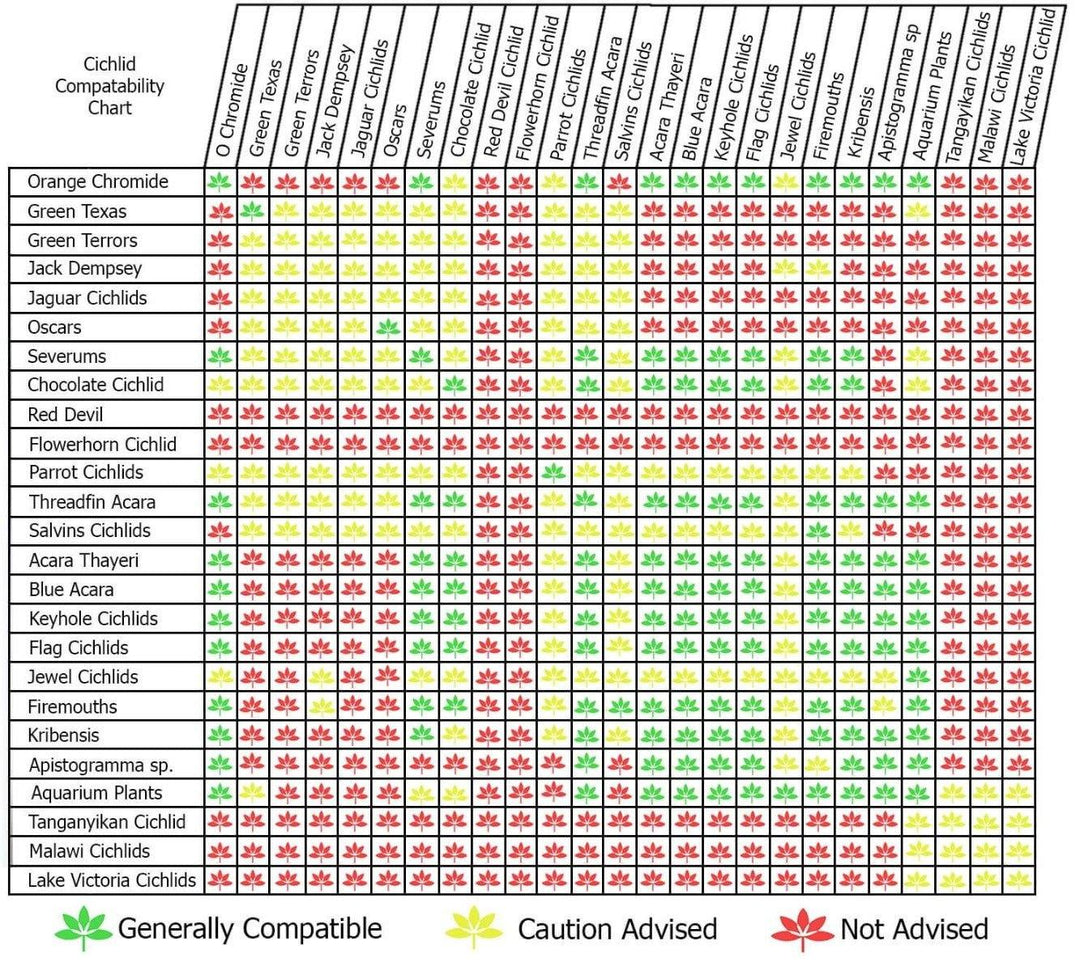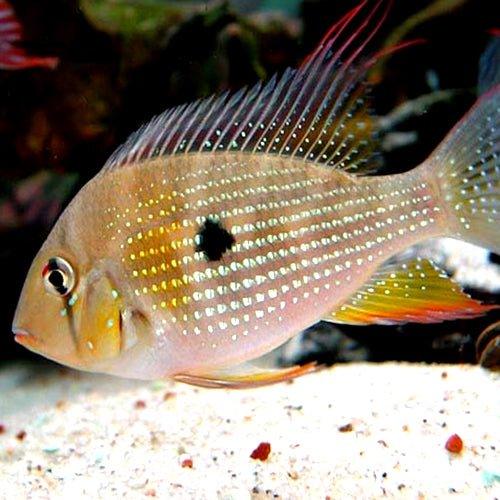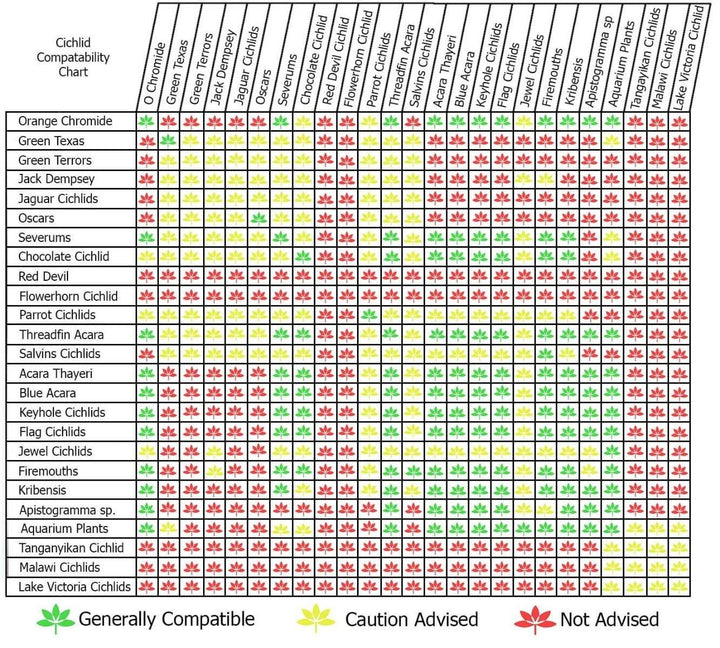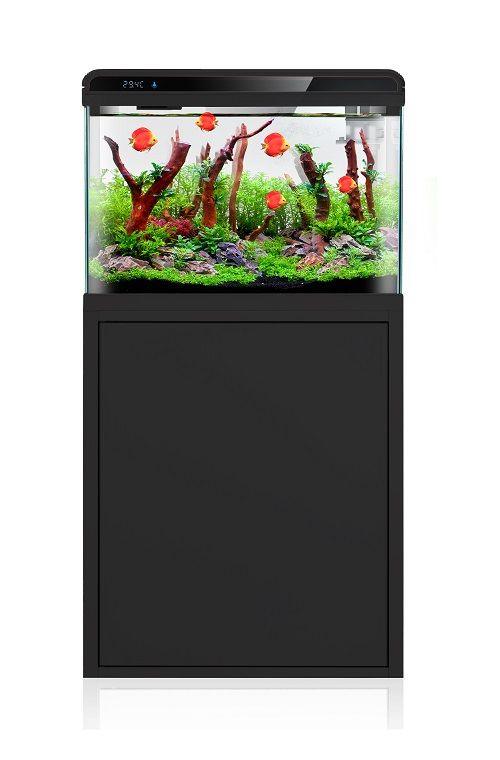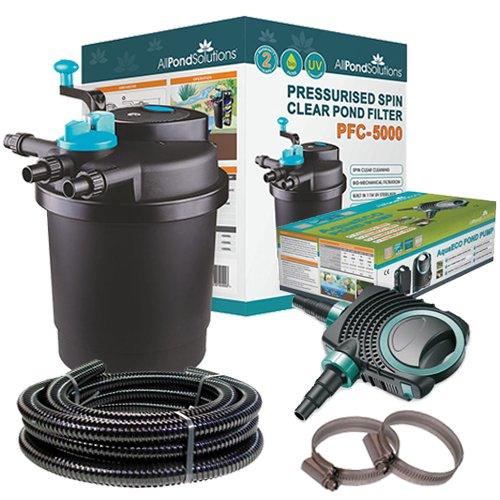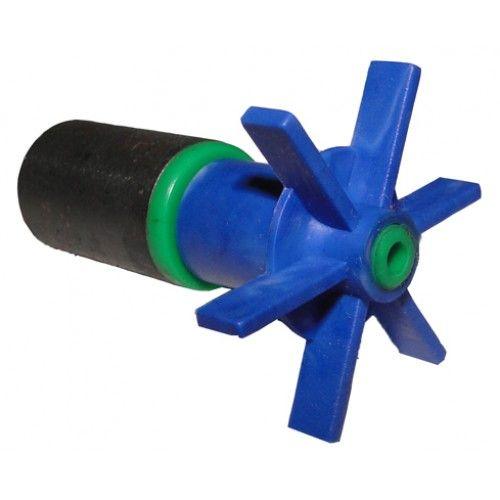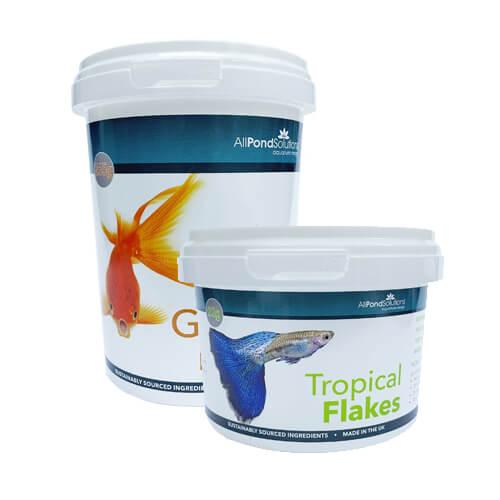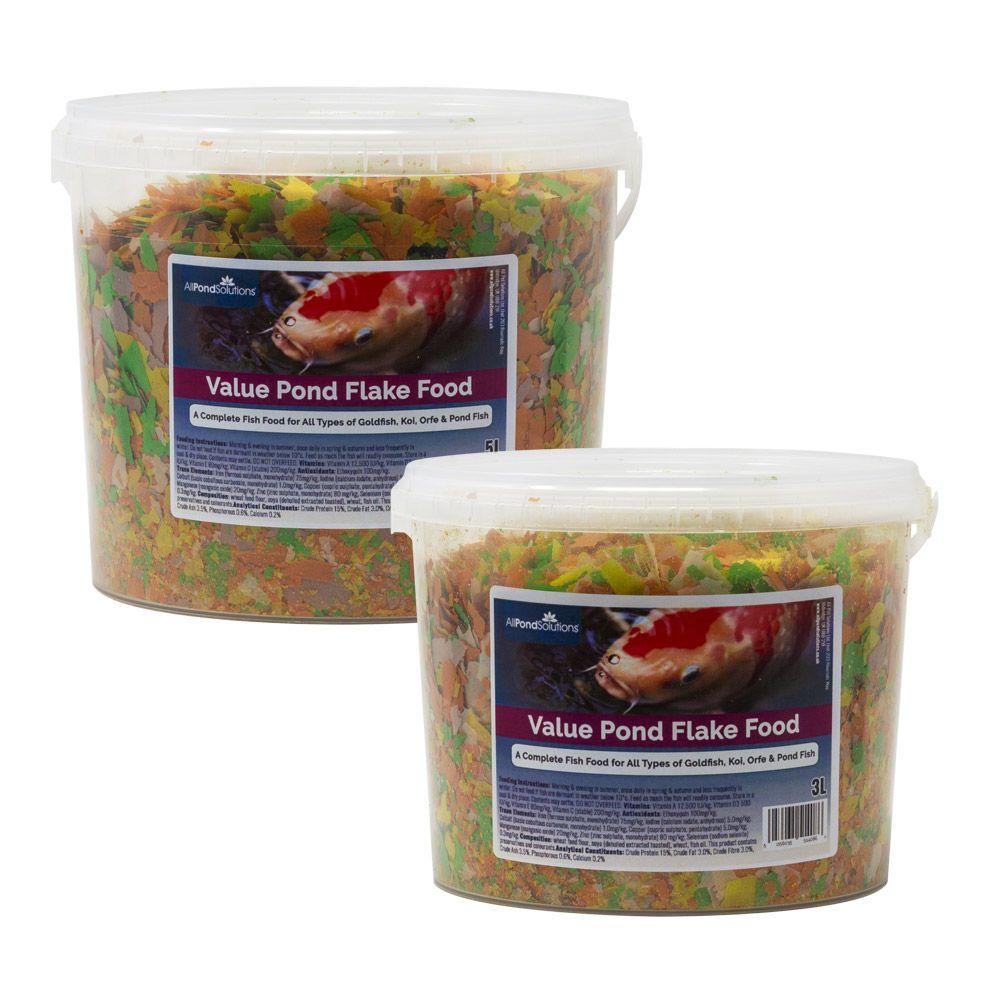Scientific Name: Acarochthys heckelii
Please note – The image used above is for illustration purposes only; Size, colour and sex may vary. Many of our livestock species are sold as juveniles and have not yet reached their full size and colour potential. If you have any concerns about the size or colour of the livestock you wish to order, please contact our livestock team via our support centre before placing your order. Due to the large quantities of livestock orders daily, the livestock team will are unable to select fish / shrimp to meet specific gender or aesthetic needs.
Approximate purchase size : 3.5 - 6cm
All Pond Solutions will always endeavour to supply as close to the approximate size range as possible. Due to variations from suppliers on rare occasions this may not always be possible. Images used are to show the full potential of the fish when fully mature and are not always representative of juvenile specimens.
How easy are they to care for?
Ideally kept on a sandy substrate as these Fish are constant diggers. We class this as a medium level of care as they can be very sensitive to swings in water chemistry.
How large can they grow?
20cm
Where in the world are they from?
Distributed around northern parts of the Amazon basin including Brazil, Peru and Colombia.
What is the ideal number to keep together?
Apart from when spawning will happily live in groups, pecking order may be established with the dominant adults.
What water conditions do they require?
Will accept temperatures from 20 - 28C and a pH range between 6.0 - 7.5.
What should you feed them?
Will happily accept a wide range of foods.
How compatible are they with other fish?
More than happy to live in a general community tank with medium to large sized fish not small enough to be seen as prey. Fish Such as Rainbows, Congo Tetra and Catfish are ideal.
Can they be bred in captivity?
They can be quite difficult to breed due to their unusual spawning habits in the wild which can be very difficult to replicate in an aquarium where the female excavates a network of tunnels. They can take 2-3 years to become sexually mature. Be wary of Male and Female aggression if spawning is attempted. It is best to raise a group of youngsters so a natural pair can form.
